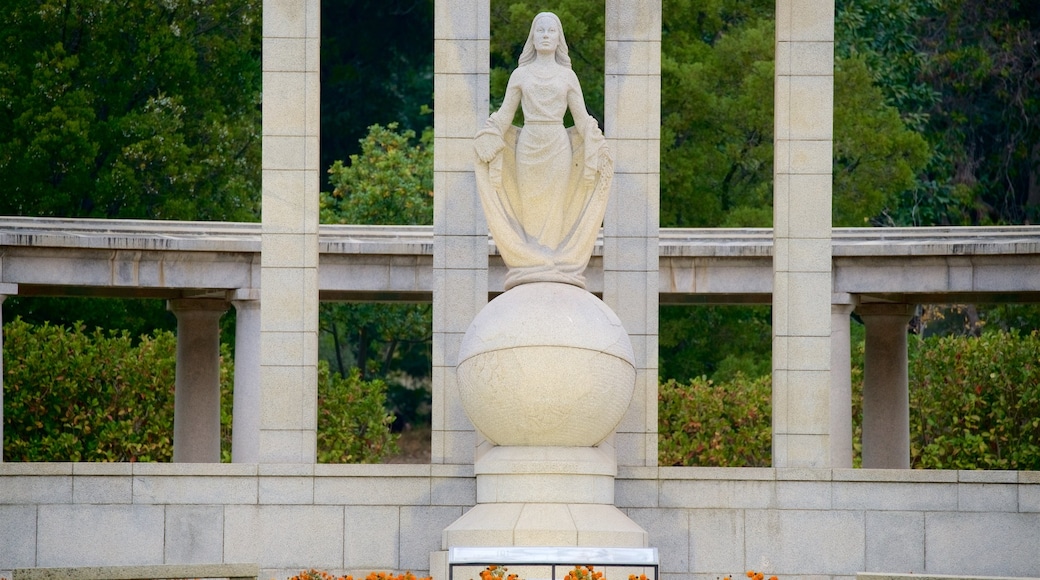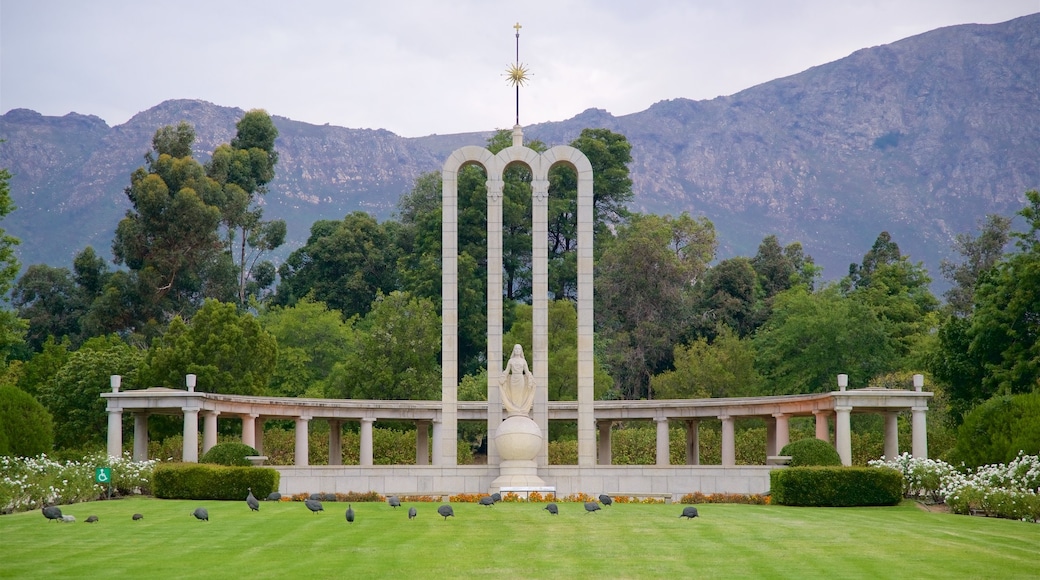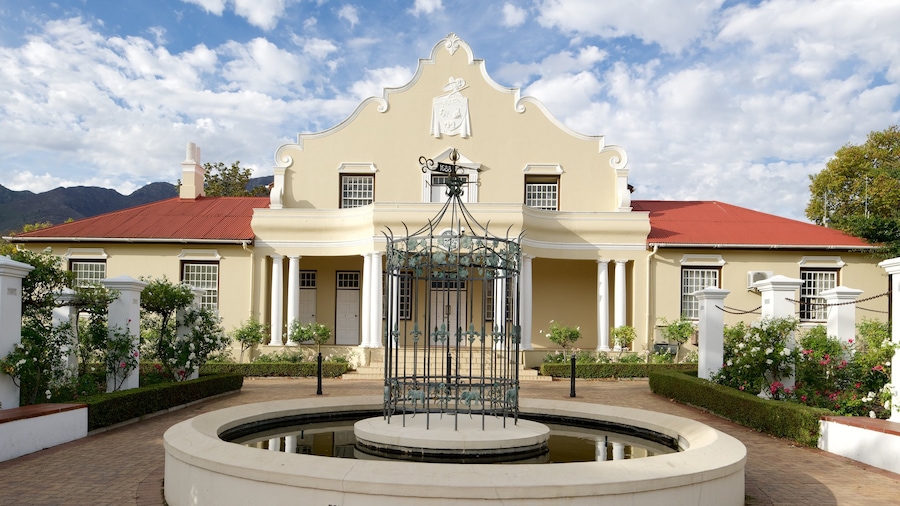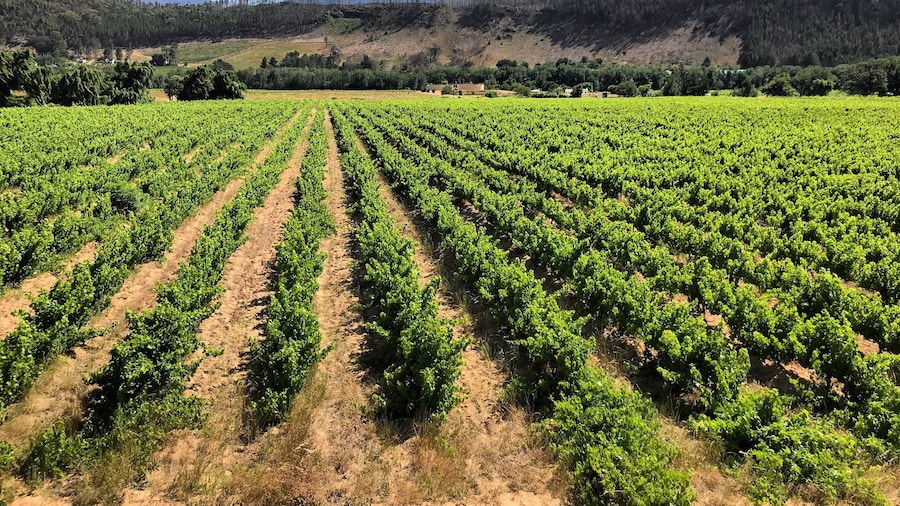Monumen Huguenot





Kunjungi Monumen Huguenot
Tempat popular untuk dilawati

Galeri Seni Sénéchal-Senekal
Anda boleh meluangkan masa melihat bahan pameran di Galeri Seni Sénéchal-Senekal ketika percutian anda di Franschhoek. Ketiba berada di kawasan aneh tetapi menarik ini, anda boleh menikmati wain yang segar.

Dewan Bandar Raya Franschhoek
Dewan Bandar Raya Franschhoek merupakan salah sebuah tempat untuk dilawati di Franschhoek, jadi apa kata tambah rancangan anda untuk meneroka lebih banyak ketika kunjungan anda? Ketiba berada di kawasan aneh tetapi menarik ini, anda boleh menikmati wain yang segar.

Gereja Reformasi Belanda
Anda boleh pelajari tentang sejarah Franschhoek dengan singgah ke Gereja Reformasi Belanda. Ketiba berada di kawasan bersantai ini, anda boleh menikmati wain yang segar.

Tram Wain Franschhoek
Nikmati lawatan ke Tram Wain Franschhoek ketika penginapan anda di Franschhoek. Ketiba berada di kawasan bersantai ini, anda boleh menikmati wain yang segar.

Laluan Franschhoek
Hayati alam semula jadi dan nikmati kawasan luar yang luas di Laluan Franschhoek ketika anda berkunjung ke Franschhoek. Temui pemandangan gunung dan kilang wain di kawasan bersantai ini.

Hutan Simpan Mont Rochelle
Terokai kawasan luar yang luas di Hutan Simpan Mont Rochelle, kawasan hijau yang indah di Franschhoek. Temui pemandangan gunung dan kilang wain di kawasan bersantai ini.